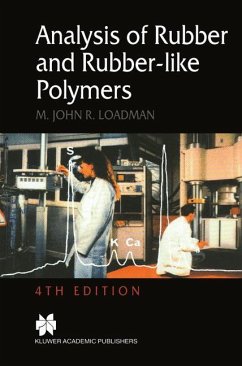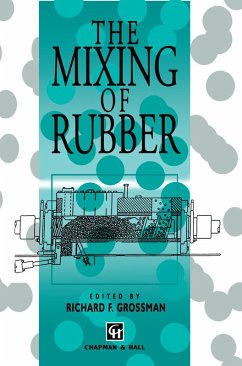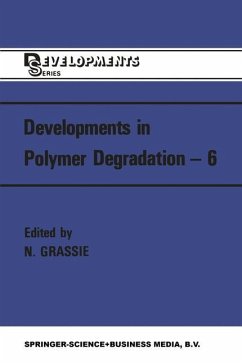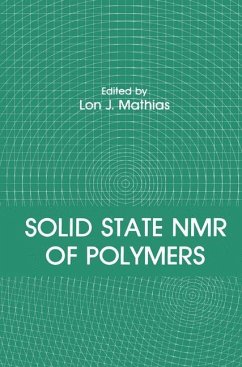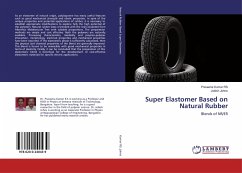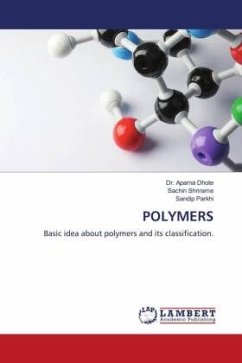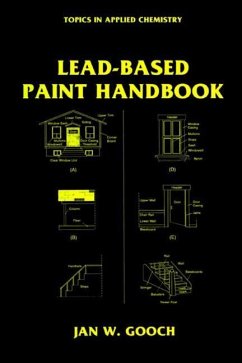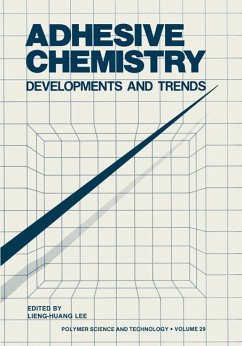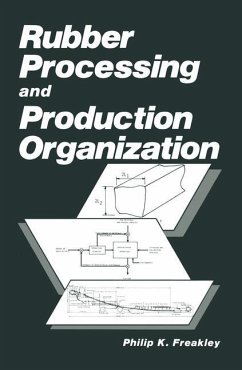
Rubber Processing and Production Organization

PAYBACK Punkte
42 °P sammeln!
The absence of a book dealing with rubber processing has been apparent for some time and it is surprising that a straightforward text has not been produced. However, this book goes far beyond the scope of a simple technical approach and deals with the full spectrum of activities which lead to successful and profitable product manufacture. The need to deliver a product to a customer at the right time, at the right cost, and at the right quality is a basic premise on which the book is based. The increasingly stringent demands of customers for products that can be introduced directly into an asse...
The absence of a book dealing with rubber processing has been apparent for some time and it is surprising that a straightforward text has not been produced. However, this book goes far beyond the scope of a simple technical approach and deals with the full spectrum of activities which lead to successful and profitable product manufacture. The need to deliver a product to a customer at the right time, at the right cost, and at the right quality is a basic premise on which the book is based. The increasingly stringent demands of customers for products that can be introduced directly into an assembly or production line without goods inwards inspection, are placing increasing pressures on the manufacturer. As a result, it is becoming essential to achieve and sustain product quality and consistency, by the monitoring and control of manufacture, at a level which renders all products saleable. The book has been written to satisfy the needs of practitioners in the rubber industry and is certainly not another descriptive text which is only read for interest when more important matters are not pressing. My close cooperation with Philip K. Freakley during the writing of the book has resulted in the incorporation of many of the viewpoints and methods which I have developed and refined during more than 38 years in the rubber industry.



